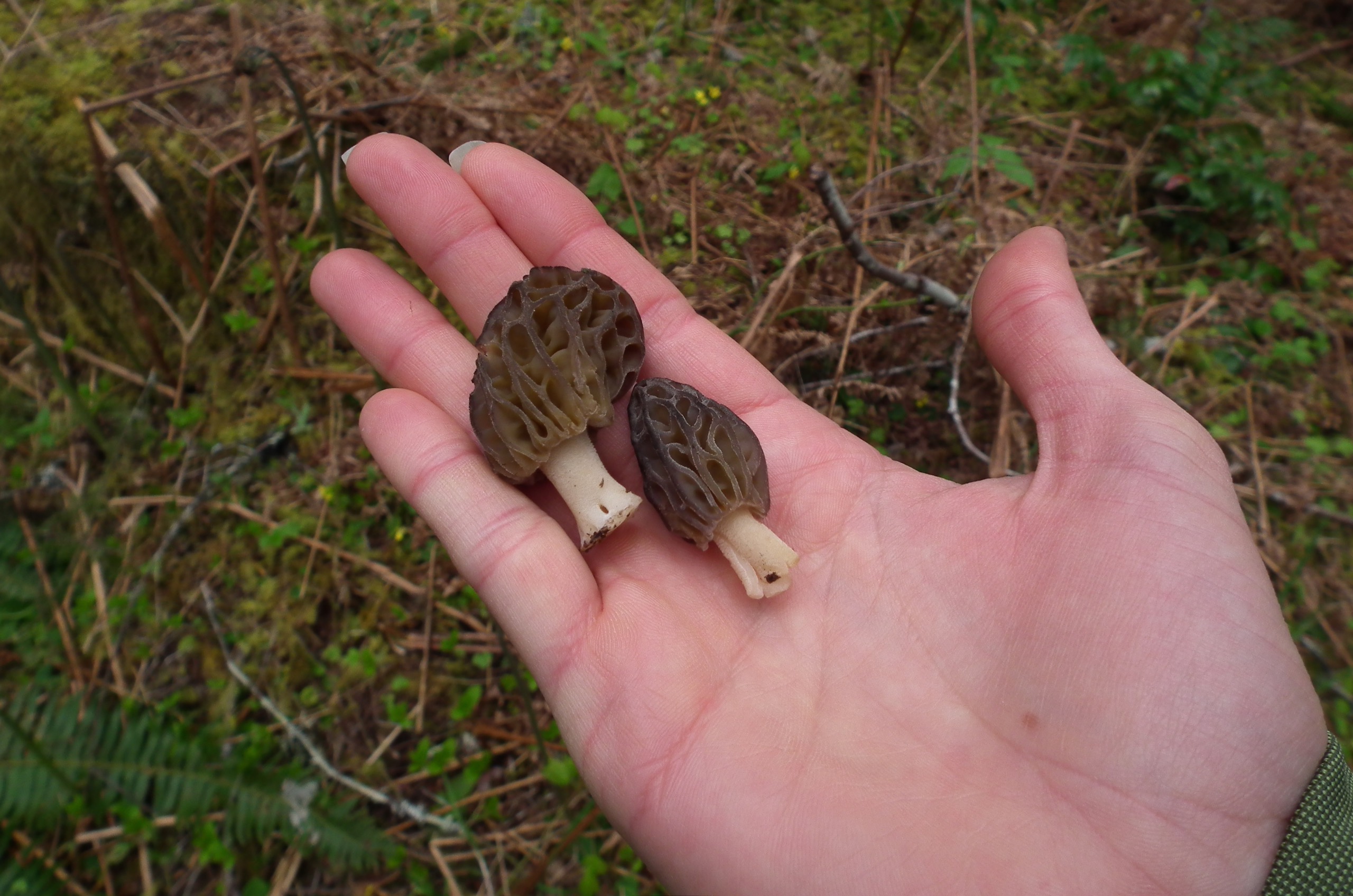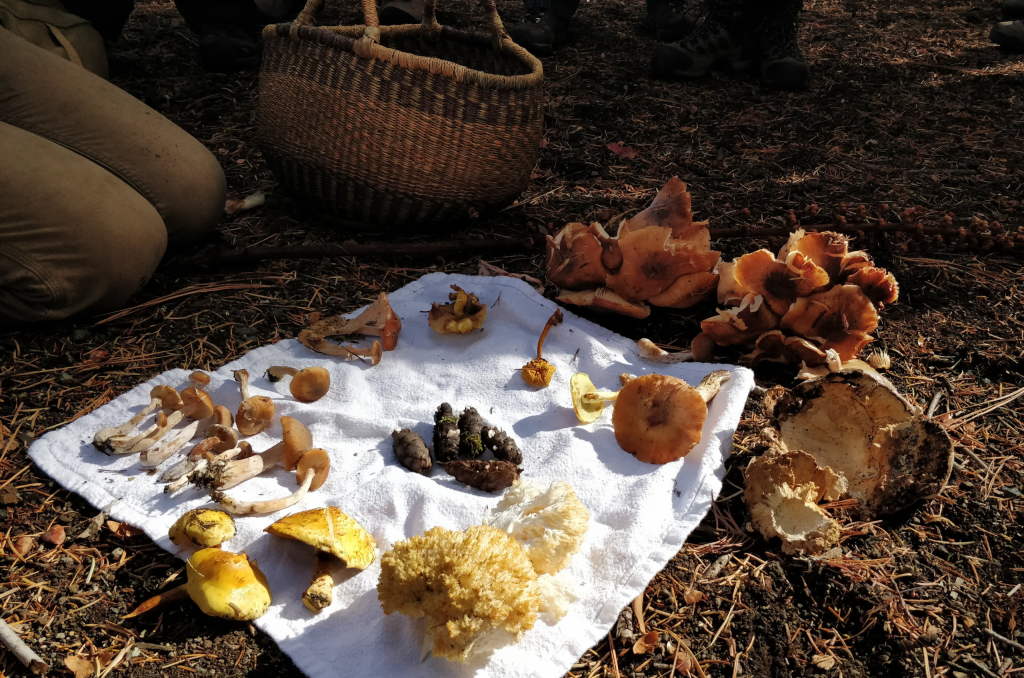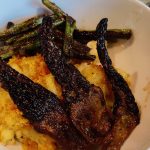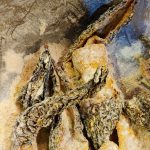Foraging for and Eating Morels Safely

May marks the beginning of morel season, a time when nature fans and foodies alike can combine their passions in the most delightful way. Foraging for morels is like an Easter egg hunt in the woods, offering the thrill of discovery and the promise of a delicious reward. However, it’s crucial to know how to safely identify and prepare these delicious fungi to avoid any health risks. Recent news has highlighted the dangers of improperly prepared morels and the importance of proper handling and cooking.
The Joy of Foraging
Being in nature is rejuvenating and inspiring, especially when you can bring a piece of it back to your kitchen. Morels are among the most sought-after wild mushrooms, known for their unique appearance and rich, earthy flavor. Foraging for them can turn your nature hikes into a rewarding culinary quest. Morels are often found near dead or dying trees like ash, aspen, elm or oak or in areas that have been recently disturbed.

Identifying Morels
Safety is paramount when foraging for mushrooms. Morels are distinctive, but it’s essential to know how to identify them accurately:
- Appearance: Morels have a honeycomb-like structure with a hollow interior. Their caps are ridged and pitted, resembling a sponge.
- Color: They range from light tan to dark brown.
- Habitat: Morels often grow around dead or dying trees, particularly elm, ash, oak, and apple trees.
To harvest, leave the base of the stem in tact so they can grow back. Remember your spot and check 1-2 days after rain. If you’re new to foraging, consider going with an experienced guide or joining a local foraging group.
Preparing Morels Safely
Once you’ve successfully foraged morels, the next step is to prepare them safely. Here’s a simple and delicious recipe to enjoy your find:

Sautéed Morels
Simple and delicious sautéed morels.
Ingredients
- 1 lb fresh morels
- 1/2 cup flour
- 1 tsp salt
- 1/4 tsp pepper
- 3 tbsp olive oil or butter (or a combination of both)
Instructions
-
Morels can harbor dirt and insects. To clean them, gently rinse them under cold water. Or, you can soak them in salt water for a few minutes to help remove any stubborn debris or bugs. Pat them dry with a paper towel. If they are large you can cut them in half from top to bottom.
-
Mix flour with salt and pepper in a shallow dish or bowl. Dredge the cleaned morels in the seasoned flour, coating them lightly.

-
Heat olive oil or butter in a skillet over medium heat. Add the morels and fry until they are golden brown and crispy on the edges, about 3-4 minutes per side. Drain on paper towels, adding a little more salt if preferred and serve immediately.
Enjoying Morels
Morels can be enjoyed in a variety of dishes, but their flavor shines brightest when prepared simply. This basic recipe ensures that the delicate, nutty taste of morels takes center stage. Enjoy them as an appetizer, a side dish, or a luxurious addition to a main course.
Foraging Tips and Safety
- Never consume raw morels: They contain hydrazine toxins that are eliminated through proper cooking.
- Know your mushrooms: Mistaking morels for toxic look-alikes like false morels can be dangerous. Always double-check your finds.
- Stay informed: Keep up with local foraging guidelines and safety tips to ensure a successful and safe foraging experience.
Foraging for morels is a wonderful way to connect with nature and a means to bring unique, seasonal flavors to your kitchen. With the right knowledge and a careful approach, you can safely enjoy these wild treasures, happy hunting!
If you forage for morels or have tried this simple recipe, be sure to leave a comment or share your creations on Instagram and tag me @TineAndTumbler! I absolutely love seeing your photos and hearing about your cooking and foraging adventures!